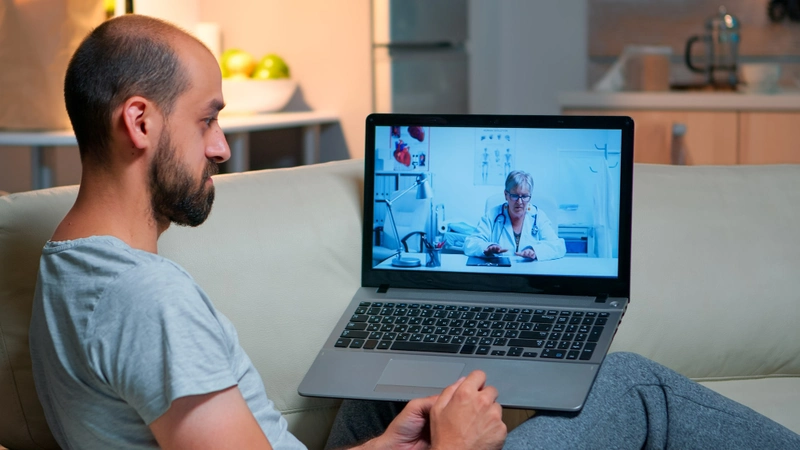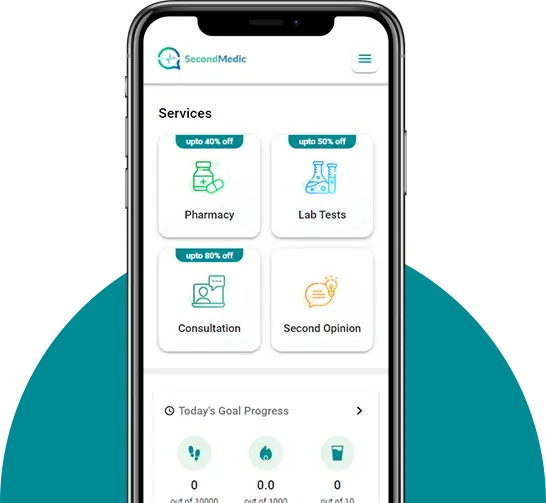- Published on: Apr 16, 2022
- 4 minute read
- By: Second Medic Expert
Vitamin E Benefits
Vitamin E is a powerful antioxidant that helps to protect cells from the damage caused by free radicals. It also helps to improve circulation and has anti-inflammatory properties. Vitamin E can be found in many different foods, including leafy green vegetables, nuts, seeds, and oils. However, it can also be taken as a supplement, either as a vitamin pill or an oil. If you are thinking of taking a vitamin E supplement, it is important to speak with your doctor first to make sure that it is the right choice for you. Some people may need more vitamin E than others, and supplements can sometimes interact with other medications that you are taking.
Vitamin E is a nutrient found in some foods. It is also available as a dietary supplement. The main function of vitamin E is to act as an antioxidant. This means that it helps protect cells from damage caused by unstable molecules called free radicals. Free radicals can damage cells and may contribute to the development of some diseases, such as cancer and heart disease. There is some evidence that vitamin E may help protect against heart disease and cancer. However, more research is needed to determine whether this is true. Some people take vitamin E supplements to try to improve their health, but there is no clear evidence that they are effective for this purpose.
Vitamin E is a fat soluble vitamin that is most commonly found in oils, nuts, and seeds. It is an important antioxidant that helps to protect the body against damage caused by free radicals. Free radicals can damage cells and DNA, leading to the development of diseases such as cancer. Vitamin E can also help to maintain healthy skin and hair, and it may play a role in preventing heart disease. The recommended daily intake of vitamin E is 15 mg per day for adults. You can get this amount by eating one or two servings of high-vitamin E foods each day.
Vitamin E can be found in many foods, including vegetable oils, nuts, and seeds. One important role of vitamin E is to help protect cells from damage. It does this by acting as an antioxidant, which means that it helps neutralize harmful chemicals called free radicals. Free radicals can damage cells and may contribute to the development of some diseases. Vitamin E also plays a role in the immune system and in keeping blood vessels healthy.
Vitamin E is an important vitamin that is found in many foods. It has a lot of health benefits, such as protecting your heart and preventing damage to your cells. You can also get it from supplements, but you should talk to your doctor before doing that. They can help you figure out how much you need and whether you have any risks for taking it.
Vitamin E is a powerful antioxidant that can help protect your cells from damage. It's also important for supporting immune health and keeping your skin healthy. While you can get some vitamin E from food, it's often difficult to get enough through diet alone. Supplementing with vitamin E can be a great way to make sure you're getting enough of this important nutrient.
There are many potential benefits of vitamin E supplementation. Some research suggests that it may help reduce the risk of certain diseases, such as heart disease and cancer. Vitamin E is also an important nutrient for maintaining healthy skin and eyesight. It can also help improve cognitive function and provide other neurological benefits.
When it comes to vitamins, we often think of them as being good for our overall health. But did you know that each vitamin has specific benefits? For example, vitamin E is known for its ability to help improve the appearance of your skin. Keep reading to learn more about what vitamin E can do for you and how to incorporate it into your daily routine.
Vitamin E is a powerful antioxidant that can help protect your cells from damage. This means that it can help reduce the appearance of wrinkles and fine lines, as well as help to prevent new ones from forming. In addition, vitamin E has been shown to help improve the condition of dry or damaged skin.
Vitamin E is a nutritional supplement that can be found in many different forms, including pills, capsules, and even liquids. It is an antioxidant nutrient that helps to neutralize free radicals in the body, which are known to cause cell damage. Vitamin E has been shown to offer a wide range of health benefits, including reducing the risk of heart disease and stroke, improving cognitive function, and even helping to reverse age-related cognitive decline.
One of the best ways to get your daily dose of vitamin E is through online doctor consultation. This way you can make sure you are getting the right amount of vitamin E for your individual needs. Vitamin E is a vitamin that is found in many foods. It is a fat-soluble vitamin and is stored in the body. Vitamin E is an antioxidant and helps to protect the body from damage caused by free radicals. Free radicals are harmful compounds that can damage cells and cause cancer.
Vitamin E helps to boost the immune system and helps to keep the skin healthy. It may also help to prevent Alzheimer's disease and age-related mental decline. Vitamin E can be taken as a supplement or found in foods such as eggs, milk, nuts, seeds, and leafy green vegetables.
If you're looking for an all-natural way to improve your health, you may want to consider the benefits of vitamin E. Vitamin E is a powerful antioxidant that can help protect your cells from damage, and it has been linked with a number of health benefits, including heart health and a reduced risk of cancer. And now, thanks to online doctor consultations, it's easier than ever to get vitamin E delivered straight to your door.
When it comes to heart health, vitamin E has been shown to help reduce the risk of both heart disease and stroke. Vitamin E is an important nutrient that offers a variety of health benefits. It is an antioxidant, which means it helps protect your cells from damage. Vitamin E also helps to strengthen your immune system and plays a role in maintaining healthy skin and eyes.
Some research suggests that vitamin E may help to prevent or treat certain medical conditions, such as heart disease, cancer, and Alzheimer’s disease. However, more research is needed to confirm these potential health benefits. If you are interested in learning more about the potential health benefits of vitamin E, you may want to speak with your doctor or a registered dietitian. These healthcare professionals can provide you with personalized guidance based on your individual needs and health goals.










